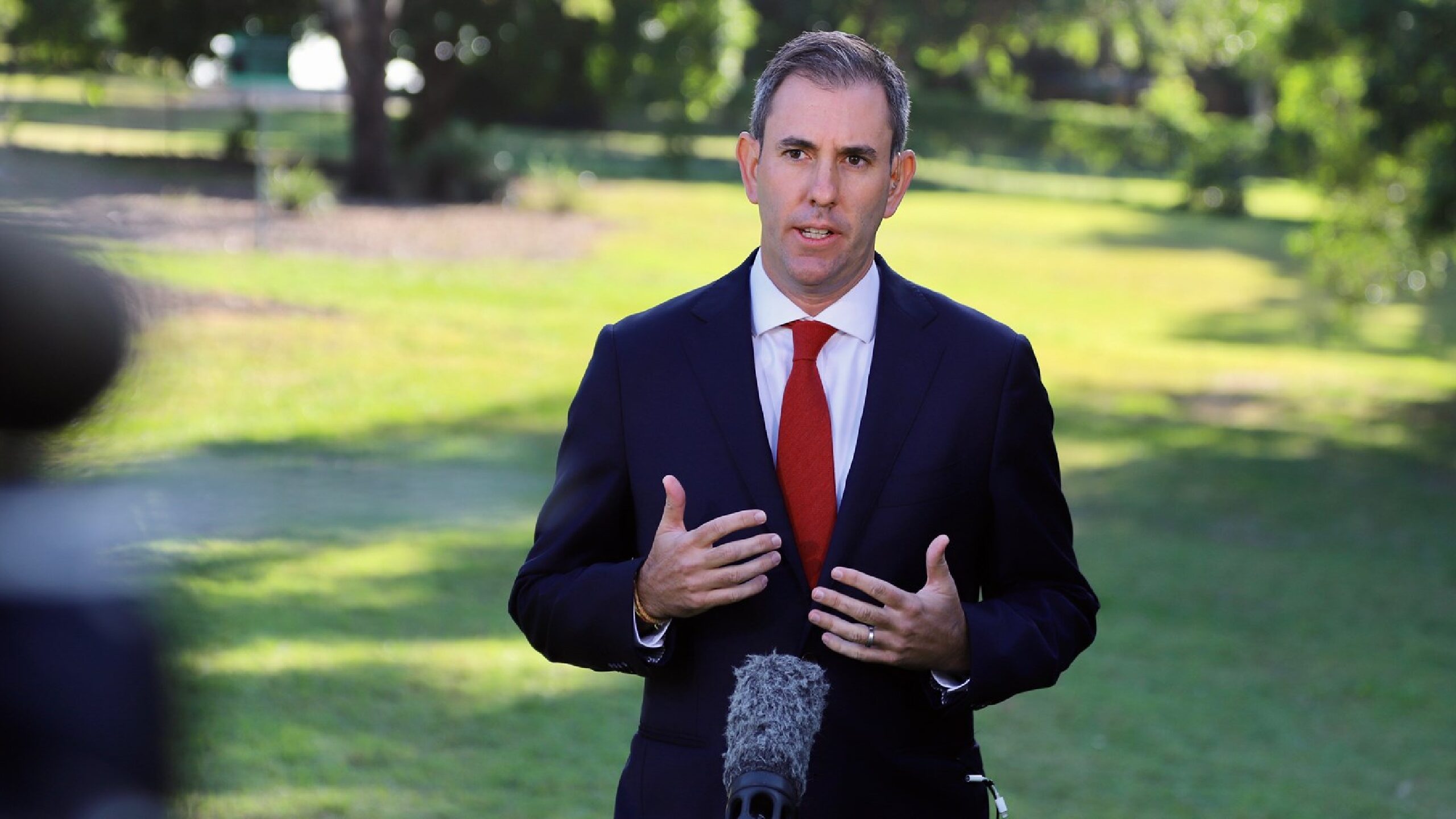Australia, China to benefit as US recession risk spikes
The Australian economy has rebounded quickly after the Omicron lockdowns, which saw many predict another technical recession (two consecutive quarters of shrinking GDP) in 2021. With restrictions released, the consumer contributed to a 3.4% jump in economic growth in the December quarter. Consumer spending jumped 6.3%, however, exports fell and private investment reversed due to growing product shortages. Although, there are concerns of a weaker beginning to the year as Omicron cases surged and a lack of labour begins to bite the service economy.
One of the major challenges after the pandemic is the jobs market, with unemployment falling to a multi-decade low of 4.0% in February. However, job openings and advertisements are also at record levels, suggesting there is a mismatch. That mismatch is best explained by a lack of overseas workers and immigration, which have been central to the success and profitability of the economy for years.
Inflation reached 3.5% in January, driven primarily by a surge in fuel and energy prices, the cost of construction materials and product shortages. Excluding the more volatile items, the rate is just 2.6%. The Reserve Bank has kept rates at all-time lows as a result, likely due to the unique nature of the Australian property market. With the majority of mortgages on variable rates, moves in the RBA cash rate have a much greater impact on the economy than those in the US and Europe. Despite this the 10-year bond rate surged to 2.8% from 1.4%, meaning the A$ has remained strong.
Outlook: The Australian economy has been remarkably resilient, sheltered from extreme labour shortages and inflation by our exports and domestic production. Predictions of rate hikes appear excessive, however, with fiscal policy support removed growth may moderate.
United States
The turning over the calendar to 2022 saw a swift about face from the Federal Reserve which reverberated through global share and bond markets. It took until March for the Fed to announce the first rate hike in several years, moving from 0.25% to 0.50%, but the more contractionary focus was clear from January. Many are now predicting as many as seven hikes this year. Importantly, the Fed confirmed it was not doing this for the purpose of fighting inflation, but rather to avoid contributing to what is already a challenging economic position.
Inflation is being driven by product and labour shortages, with wage growth a result of job switching rather than seeking to keep up with the cost of living. The Ukraine crisis has exacerbated this but the result of reduced stimulus will likely be major demand destruction. Inflation currently sits at 7.9%, the highest since 1982, but a significant portion is driven by energy (25%) and vehicles.
GDP growth remain strong at an annualised rate of 6.9% however retail sales began to weaken in February as consumers once again turned to services away from goods. The US economy faces a larger challenge than Australia, with the workforce significantly reduced by thousands of workers permanently retiring post the pandemic. This is reflected in the 3.6% unemployment rate, but similar record levels of job openings and pay rises. Bond rates surged from 1.4% to 2.4% in just three months.
Outlook: The US faces significantly challenges in negotiating the next 12 months, with a near-balanced risk of either a continued economic boom or recession resulting from the removal of significant levels of fiscal and monetary support. This will be exacerbated by the threat of the mid-term election later this year and potentially “hung” Congress.
Asia
The problems facing Asia are centralised in China, but reverberate around the region and the world. Despite hopes that supply chains would expand out of China, progress will be slow. What began as a difficult quarter with issues including the Evergrande default and tech regulation got worse after the Russian invasion of Ukraine spooked investors into all emerging markets, including China, due to the risk of a similar invasion of Taiwan, however unlikely this may be.
Out of this trouble, however, came opportunity, with the Chinese government responding to capital flowing out of the country by resetting the narrative. After seeing the market fall 25% in a few weeks, it announced that regulation would be reversed and the credit and property markets supported, spurring renewed confidence. GDP fell to a 4% annual pace in December, after quarterly growth of just 1.6%, but the self-sufficiency of the Chinese economy means it has been relatively protected from the inflation spiking around the world.
Japan narrowly avoided another recession, with growth of 1.1% recorded in the December quarter as household consumption returned post-lockdowns and exports of electronics, vehicles and other technological goods to Europe and the rest of Asia rebounded.
Outlook: China’s policy setting ensure it is well-positioned, particularly with the support of the booming domestic consumer, in the wake of current lockdowns. Japan is still seeing little inflation but also an inability to create real growth. It remains an export- and rate-driven economy.
Europe
There was nothing more important than the war in Europe, which while surprising, may not have been unexpected given the events of the last few months. The invasion exposed Europe’s unfortunate reliance on Russian gas and oil production, built over decades as it sought to build its own lower-carbon energy sources. This restricted the level of sanctions that could be applied. Sanctions will be a drag on growth, however, the biggest impact will come from higher energy and oil prices, at least for as long as they remain elevated and at risk.
European economic growth had begun to reverse prior to the invasion, falling to 0.3%, as the impact of the Omicron variant was felt across the union in the form of lesser travel and inconsistent tourism and retail market. Net imports remained a drag given the cost of energy but also Europe’s significant purchases of finished Chinese goods. On the positive, unemployment reached a record low of 6.8% but inflation jumped to 7.5% as the energy crisis was worsened by the invasion. The German bund saw yields jump from negative to positive in a few short weeks. The UK central bank hiked interest rates twice in an effort to combat inflation of 6.2 per cent, which was partially driven by labour shortages post-Brexit. Retail sales fell despite unemployment hitting just 3.8%.
Outlook: A long and difficult road for Europe, however, the invasion has seen a willingness to work together. UK offers a live insight into the implications of facing supply issues with monetary policy.










